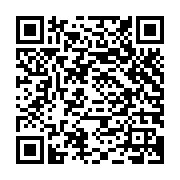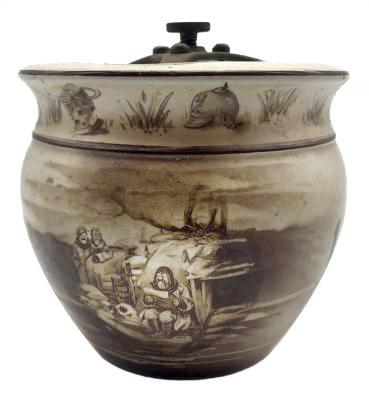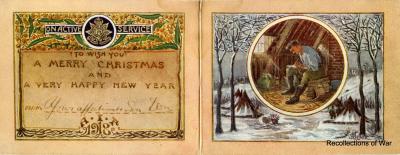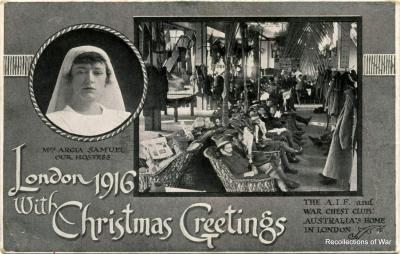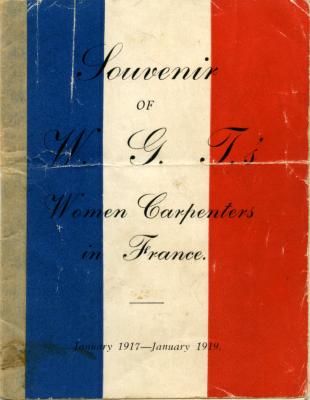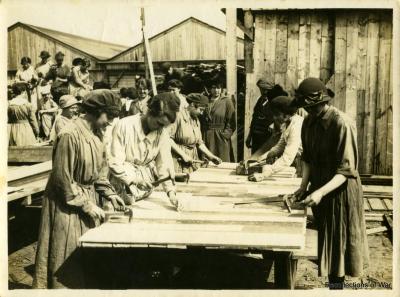H.M. Naval Pigeon Service aluminium message canister and form
c. 1908Aluminium message canister with enclosed message form relating to H.M. Naval Pigeon Service prior to or during World War One.
It comprises two parts - a broader base section (two thirds of the size of the canister) into which the folded form was placed, and a narrower upper section (one third) with a ribbed top edge for ease of removal.
The bottom third has raised edges which enclose a horizontal clamp to place around the pigeon's leg.
The message form which was formerly inside the canister has been removed and smoothed flat. It is made from a lightweight rice or tissue paper. It has a black line border and boxes for entering information about the date, time of liberation, geographical location, weather conditions and message. There are also form and publishing details in the upper and lower left sections.
Carrier pigeons were used throughout World War One to send short messages on land, in the air and at sea. Pigeons were sometimes the only reliable way of getting vital messages through and as well as carrying messages on land, pigeons were also used when men were stranded at sea.
This example may have been used pre-WWI by H.M. Naval Pigeon Service, as shown on the blank message form. It came with an identification leg band with the numbers and letters '8288 NR P' written horizontally, and the number '45' written vertically, perhaps indicating the year 1945.
The attached photo from the IWM shows how the canister and identification band were attached to a pigeon.
The use of aluminium and rice paper reduced the weight that the pigeons had to carry.
Details
Details
On top of form:
"P.S. - Form No. 8 H.M. NAVAL PIGEON SERVICE"
On next level of form inside rectangular boxes:
"Date Time of Liberation Lat. & Long. or Position Weather Wind"
On third level down:
"From To"
In lower left of form:
"G & S 1823 [3884] 380 8/03v"
Other items from Recollections of War
- WWI era tobacco jar featuring Bruce Bairnsfather cartoon
- St. Dunstan's Child's Reins with Bells made by war blinded soldiers
- Trench art cutlery made by Sapper Frank William (Bill) Collison
- Wedgwood blue jasperware plate 'Australians at War' - 1988
- WWI engraved identity disc made from a coin for Private Frank Bates
- Christmas Card sent in 1918 from R.A.E. serviceman, Don, to his parents
- WWI postcard 'London 1916, With Christmas Greetings' - A.I.F. and War Chest Clubs
- 9ct gold fundraising badge 'For Our Soldiers, War Chest, 1917'
- Enamel fundraising badge 'War Chest, 1918'
- 'Souvenir of W.G.T.'s Women Carpenters in France, 1917-1919' booklet
- Original reprint of British Official Photograph - Women Carpenters in France 1
- Original reprint of British Official Photograph - Women Carpenters in France 2

Scan this QR code to open this page on your phone ->
